Eating in the air
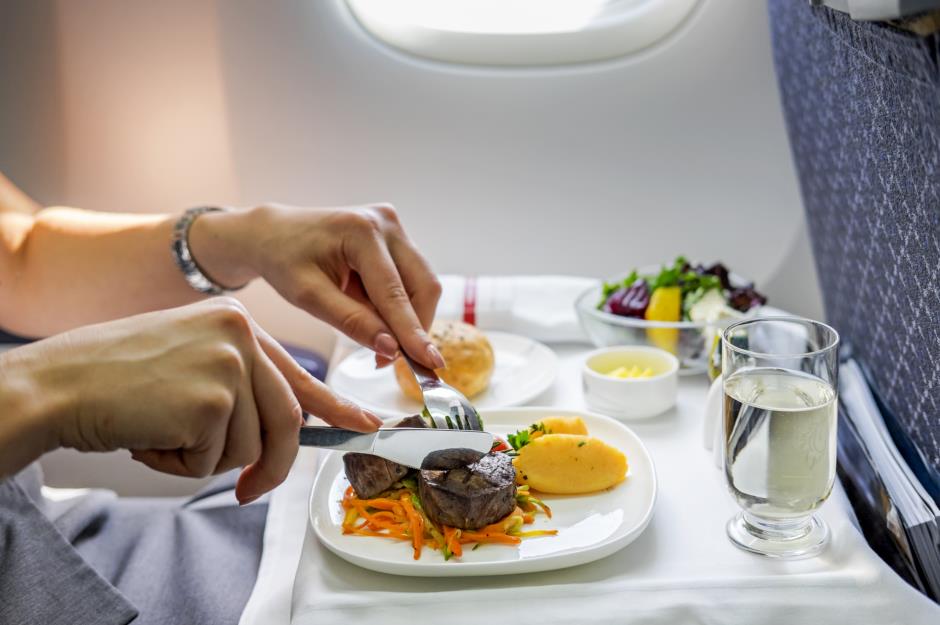
Aureliy/ShutterstockLet’s face it – food rarely tastes great on an aeroplane (especially in economy). But why does what’s served in the air taste so different to what you eat down on solid land?Altitude affects our taste buds
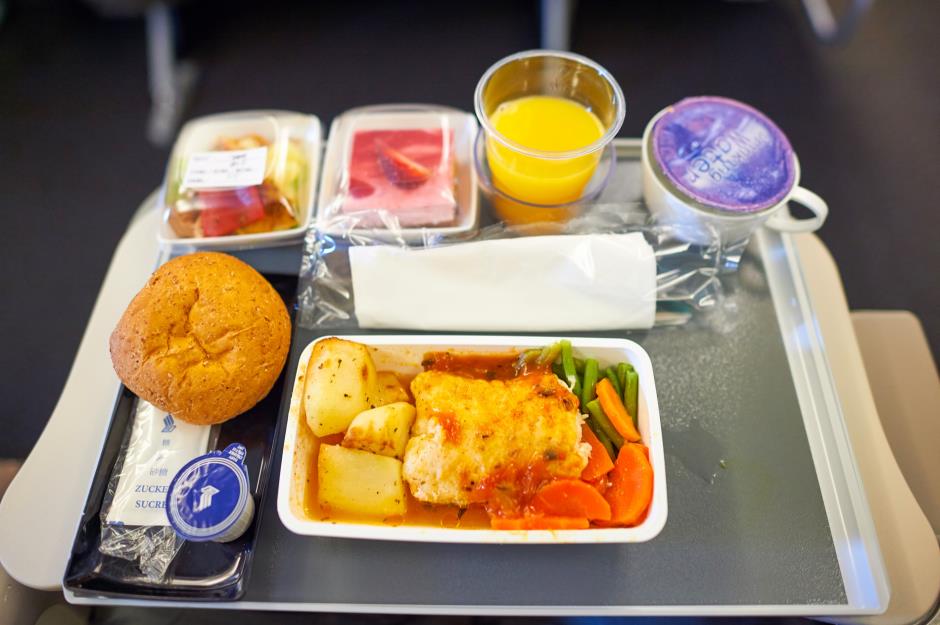
Sorbis/Shutterstock
The number one reason plane food tastes different is because you’re consuming it at an incredibly high altitude – up at 39,000 feet your taste buds don’t work as well as they do on the ground. With this in mind, airlines often test out their menus up in the air first before introducing them to their regular scheduled flights.Meals are mass-produced
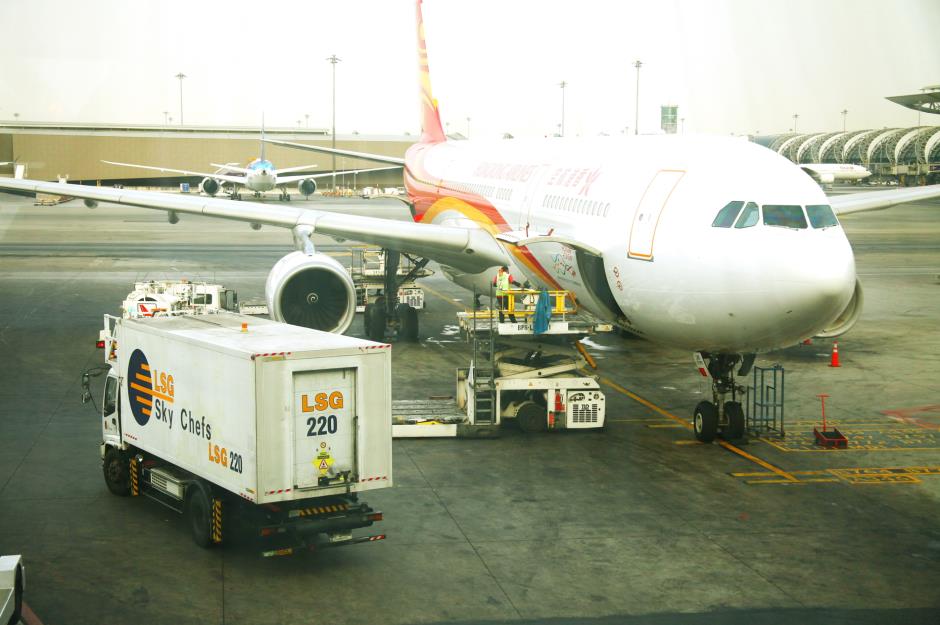
Tatchaphol/Shutterstock
Remember, aeroplane meals aren’t just produced for one planeload of diners at a time, they’re made for thousands of customers at once. And as everyone knows, mass-produced food often means a compromise on flavour.Plastic cutlery means softer foods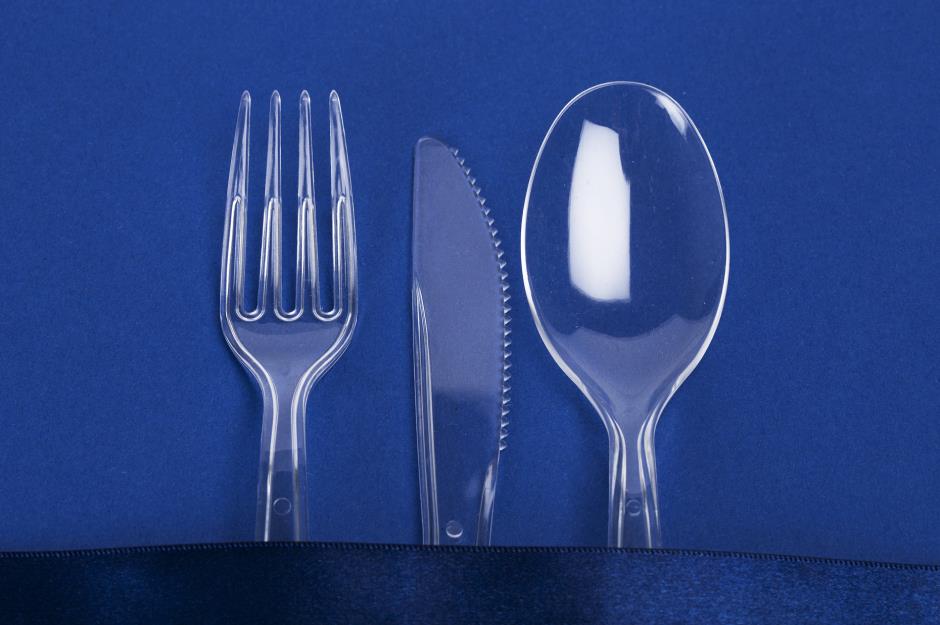
JpegPhotographer/Shutterstock
Travelling in economy means eating with plastic cutlery: never something to contribute much to your overall dining experience. It also means the food served has to be small or soft enough for it to be easily cut with such flimsy utensils. No wonder, then, the vegetables are overcooked and the meat is sometimes beyond recognition.Tiredness affects how we taste

kudla/Shuttertock
If you’re travelling long-haul on a flight, chances are, by the time you’re sat on the plane you’ve either been up since the crack of dawn or you’ve already done a full day. You’re tired, ready for a sleep and then the familiar rumble of the trolley comes around… Let’s face it, when you’re ready for your bed, nothing is going to taste particularly good.The food is often over-salted
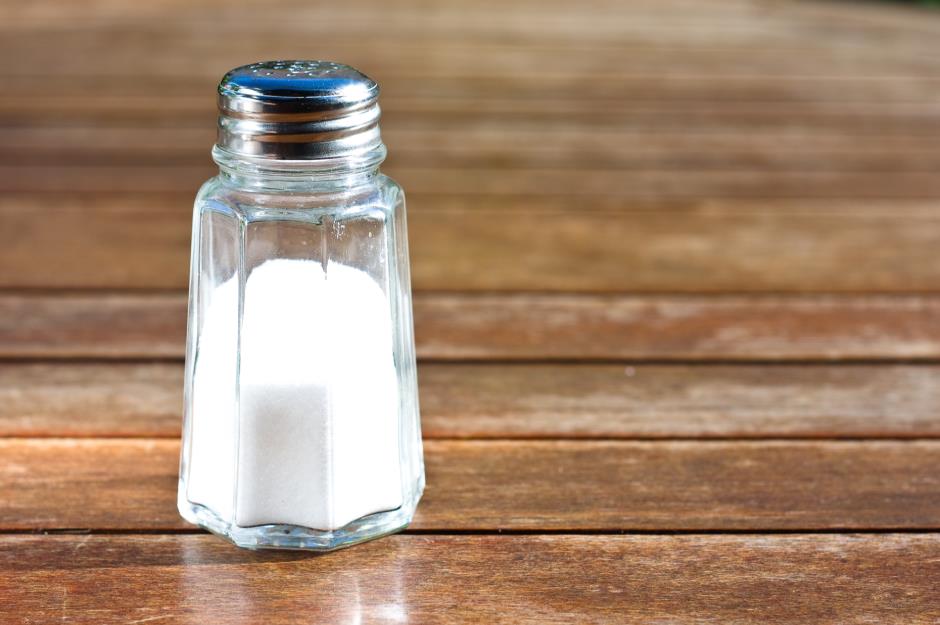
Aaron Amat/Shutterstock
In order to make the food taste more palatable, airlines often ramp up the sugar and salt content in their food. Unfortunately this often has the reverse effect, plus it contributes to any dehydration, which in turn makes things taste worse again.Poor-quality ingredients save airlines money
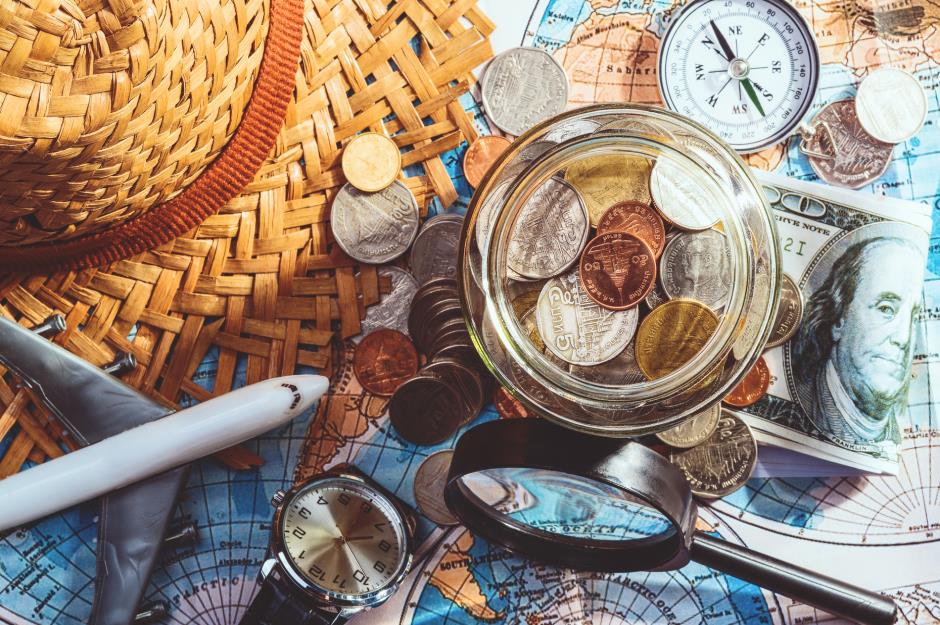
I am Kulz/Shutterstock
Airlines want to make as much money as possible from their ticket prices, and spending less money on food is one of the easiest ways for them to do this. The result often means using the least expensive ingredients in meals, which in turn means meals are less interesting. And, of course, cheap ingredients often taste cheap, whether you’re in the air or on the ground.
Discover which foods you can and can’t take on aeroplanes
Food is reheated rather than cooked fresh…
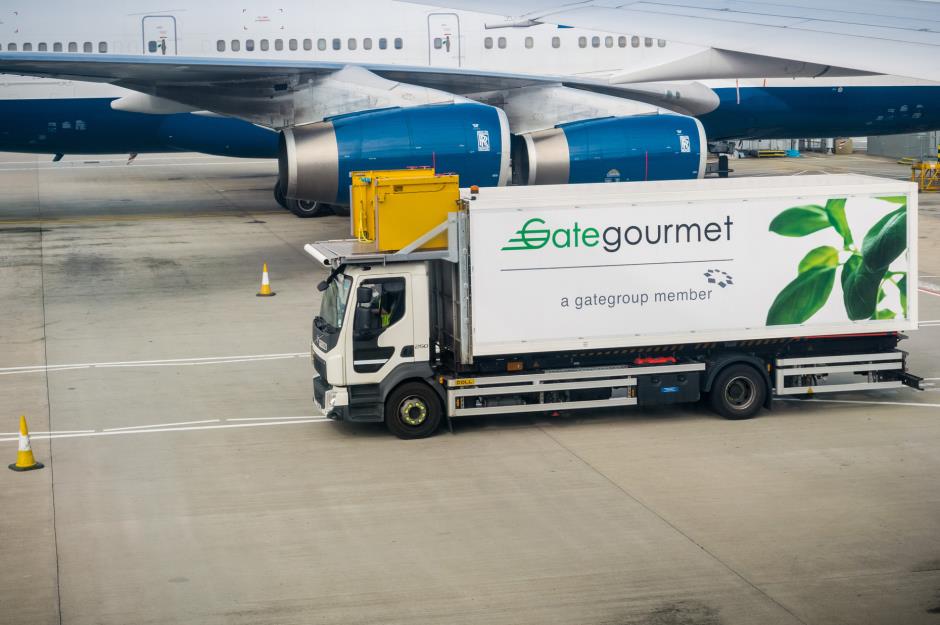
Sundry Photography/Shutterstock
There’s no way around this unfortunately – food safety standards dictate all airline meals have to be cooked on the ground. This means the meal you eat on board is cooked, packed and refrigerated before it even reaches your plane, and once there it has to survive being reheated in a convection oven. The journey from start to finish can be such a long one, it’s no surprise your food doesn’t taste like you would expect….and reheating can change some foods’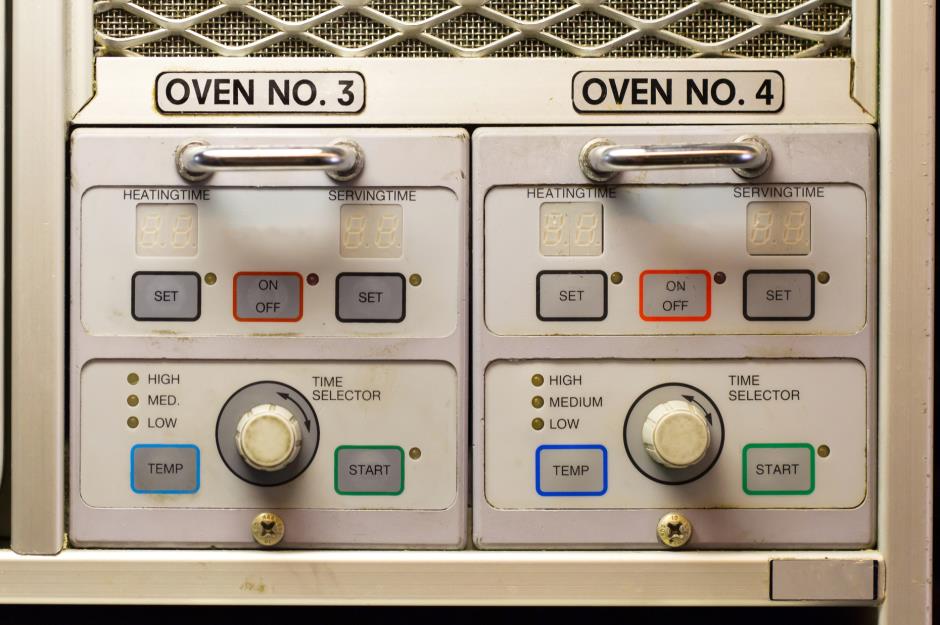
MyImages – Micha/Shutterstock
Reheating rarely does food any favours: when previously-cooked dishes get warmed up above room temperature they start to deteriorate. This especially impacts proteins, which explains why aeroplane meat is often dry and tough.Even cold dishes are prepped far in advance
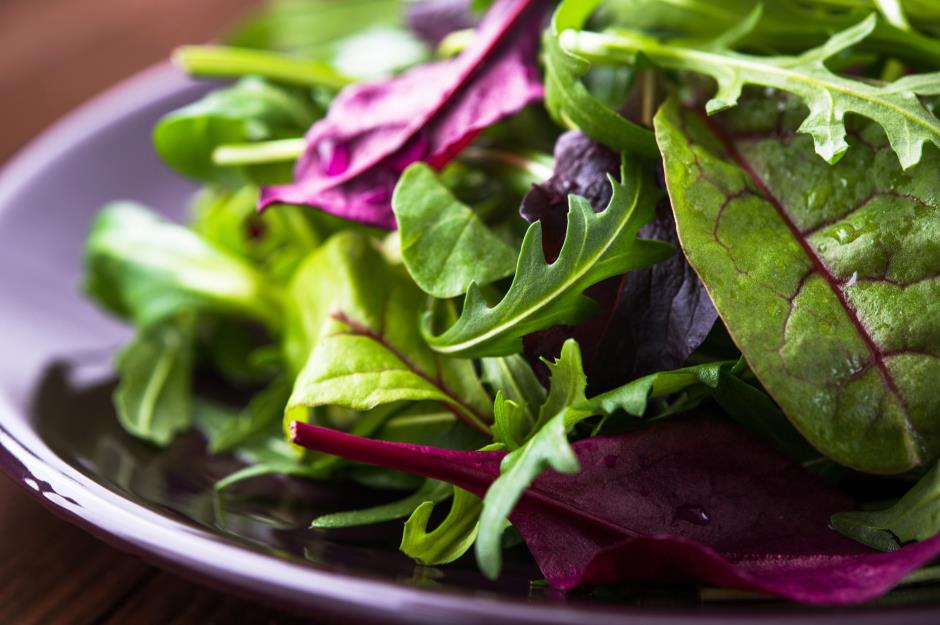
Elenadesign/Shutterstock
With food served on planes being produced hours (at least) before the flight departs, even the cold dishes – salads, for example – are far from fresh by the time they hit your seat-back tray. If you’re looking for more flavour, eschew vegetables in favour of pre-packed squares of hard cheese and biscuits that are usually more appetising.Sometimes dishes are intentionally bland
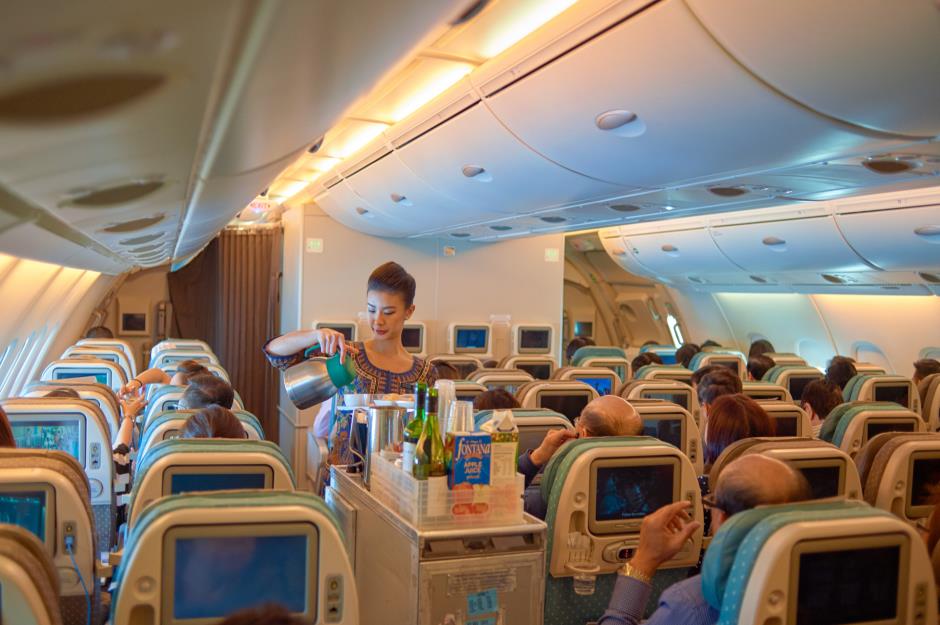
Sorbis/Shutterstock
Airlines are producing food for thousands of customers, so they need to be able to cater for everyone. That means not just taking into account dietary restrictions – vegetarianism and veganism, nut allergies, lactose intolerance and so on – but also personal taste. As a result, it’s often easiest for them to err on the side of caution and serve food at the blander end of the scale.Noise changes how we perceive different tastes
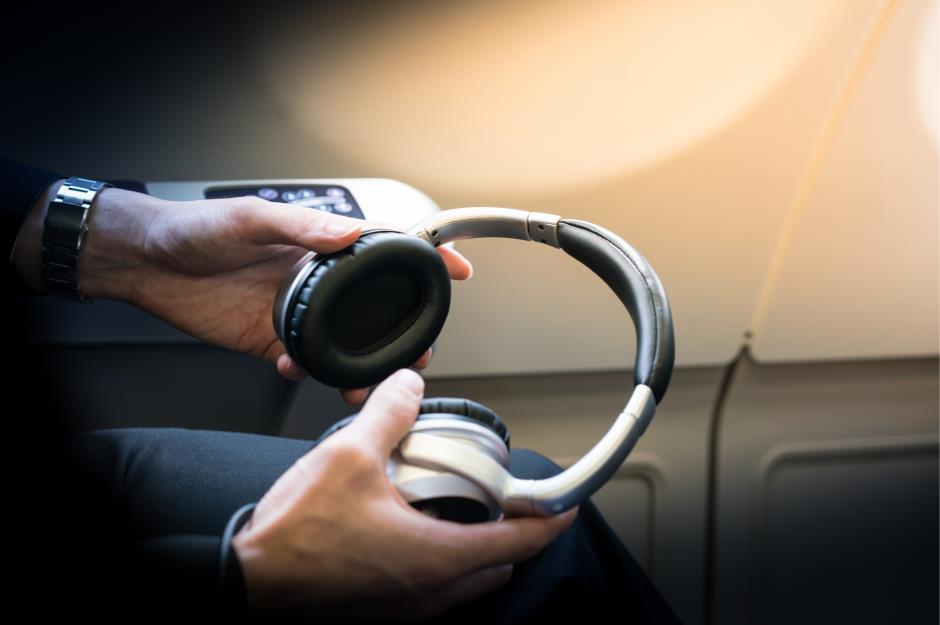
Jo Theera/Shutterstock
A study by Cornell University revealed our sense of taste – specifically sweet and umami (savoury) flavours – is impacted by noisy environments like aeroplanes. This is just one of the reasons why you’ll find that a strongly flavoured savoury dish like a curry tastes much better than a strawberry cheesecake.
Dry air makes it harder to distinguish flavours…

Fasttailwind/Shutterstock
A significant part of how we taste food relies on our sense of smell, but the dry cabin air impacts our noses – at a humidity of less than 12%, it’s drier than most deserts. It’s thought some flavours can be 30% harder to detect, so already quite bland food loses even more of its appeal by the time we’re actually tasting it. Air pressure also affects smell, dulling the senses.
Love this? Follow our Pinterest page for more food inspiration
…but can make some things taste sweeter
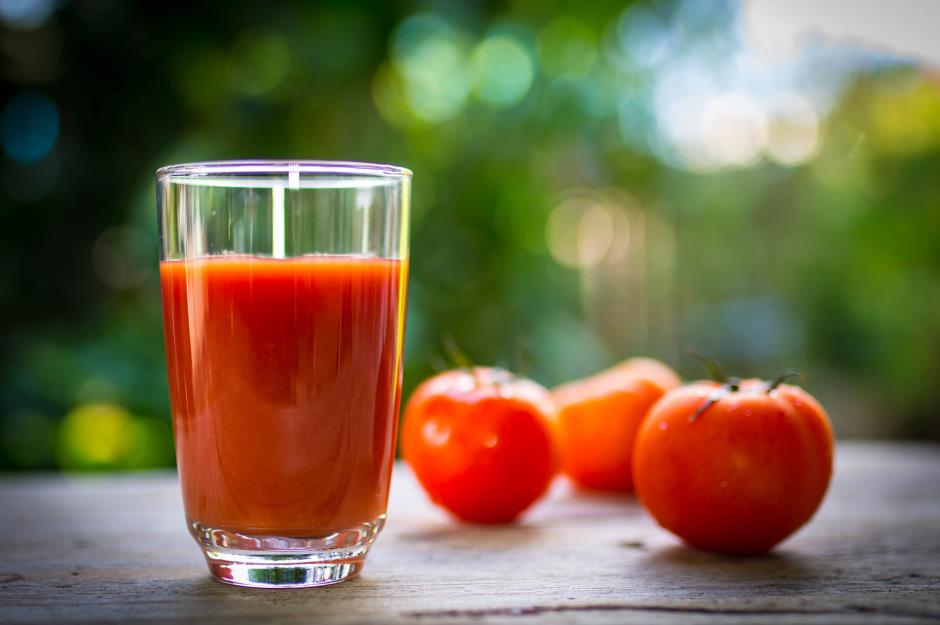
Noi Pattanan/Shutterstock
While most things taste worse on planes, tomato juice tastes better. On the ground it tends to have quite an earthy flavour, while up in the air it’s thought the dry cabin air makes it taste lighter and fresher. So next time you fly, consider switching your glass of wine to a bloody mary.
Your brain is in the wrong time zone
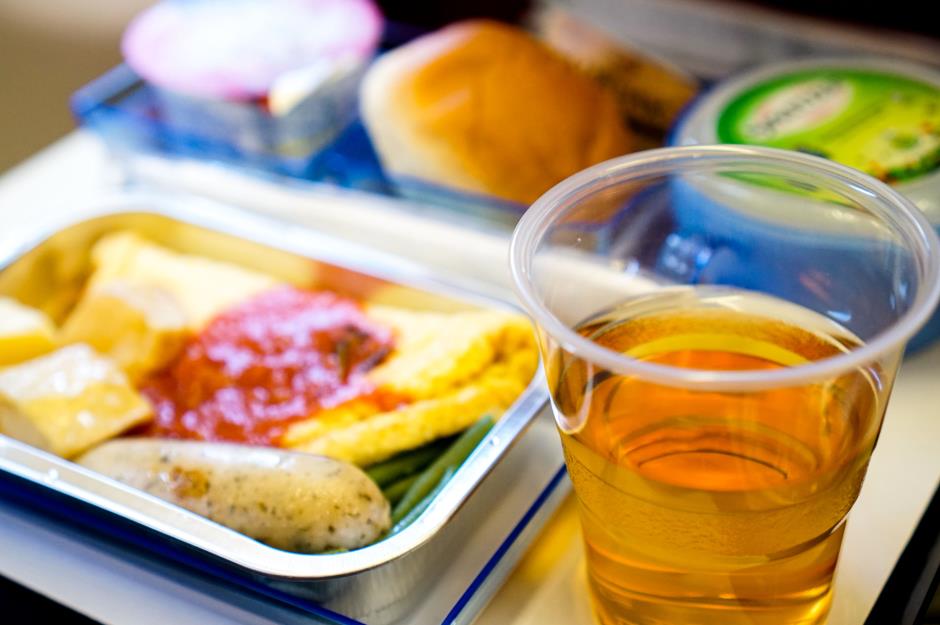
choljai/Shutterstock
Air travel and the nature of crossing timezones means you often end up having to eat meals at strange times. You might be served dinner at 4pm on your afternoon flight, then breakfast at 7am local time – except it’s still midnight at your departure location, and the last thing you feel like doing is eating a rubbery-looking omelette and an anaemic sausage.You’re sitting at the back of the plane

Matej Kastelic/Shutterstock
Generally speaking, flight attendants work from front to back when serving meals. So if you’re sitting right at the back of the plane, you’re more likely to find the most interesting food choices gone by the time the trolley reaches you. In addition, the longer wait time means your food will be colder when you come to tuck in.You’re sitting at the front of the plane

Aureliy/Shutterstock
If the food on your flight tastes particularly good, it probably means you’re sat towards the front of the plane in business or first class. Menus for these classes are often designed by well-known chefs, feature good-quality ingredients that have been cooked well (for example, rare steak), and are served on real plates with real cutlery – it’s no surprise it all tastes better, really.Meals are designed to offer an umami hit
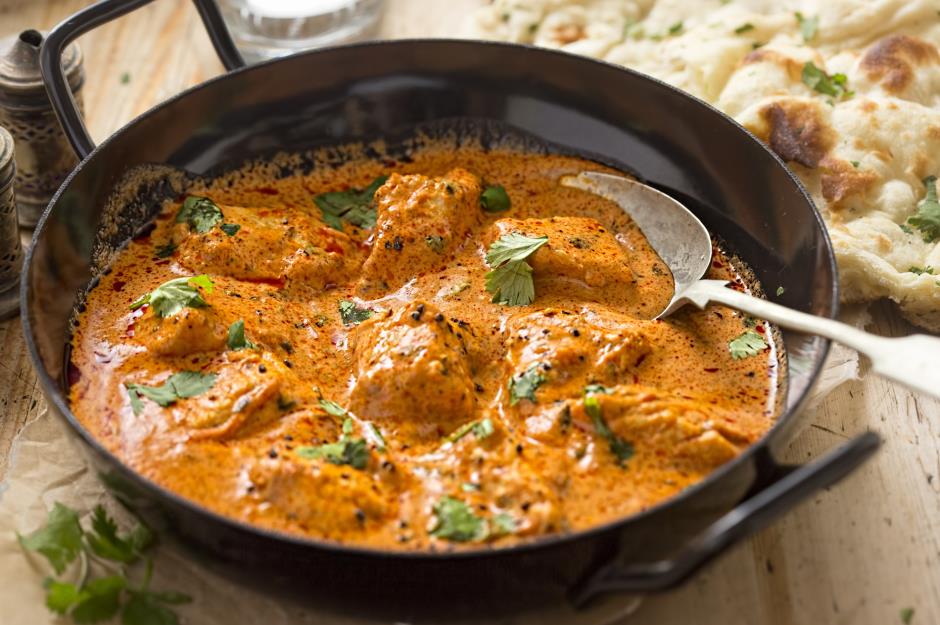
Bartosz Luczak/Shutterstock
Here’s a tip: if one of the meal options offered to you is a curry, choose that one. The intense savouriness (or umami) of curries means that even up in the air they retain a lot of their flavour, and so are usually a better option than pasta or a stew.
Craving curry? These are the tastiest curry recipes in the world
You may be dehydrated
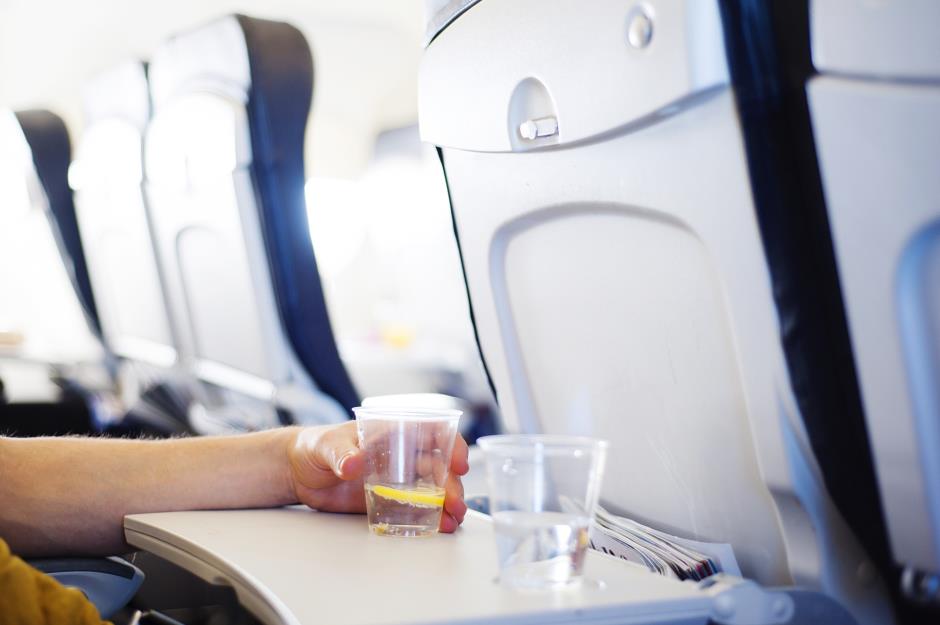
Halfpoint/Shutterstock
Food will generally taste better on a plane the earlier you eat it – and not just because it’s fresher. If you’re on a long-haul flight, by the time you get to your last meal it’s likely you’ll be more than a little dehydrated, which means nothing will taste quite right any more. The answer is obvious – drink more water and try to stay away from the booze trolley.Airlines add unnecessary sauces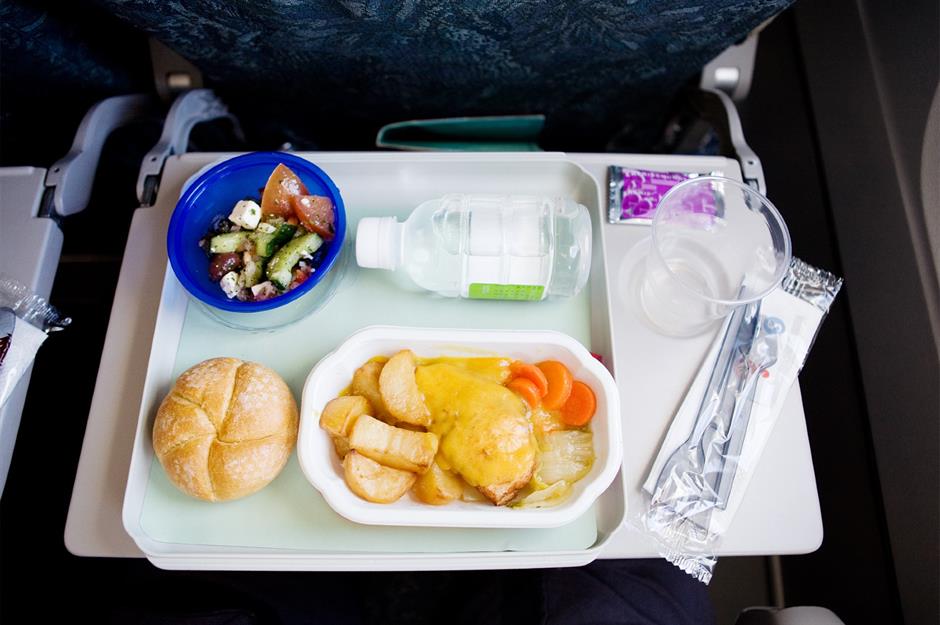
Tyler Olson/Shutterstock
Ever wondered why the food in economy is often smothered in sauces, or why the mashed potato is more liquid than solid? It’s our old friend reheating again. Food dries out during the reheating process, so airlines counteract this by using more sauces. Unfortunately, however, there’s very little that tastes good when it’s served soggy.
Liquids expand in the air

Yuliya Yesina/Shutterstock
Atmospheric pressure means liquids expand and contract up in the air, which is thought to have a bearing on why all alcohol, but especially wine, can taste a lot more acidic on a flight. Airlines do choose their wines with this in mind, though of course you’ll mainly benefit from well-chosen wines if you’re travelling in first or business class.Stress impacts our enjoyment of food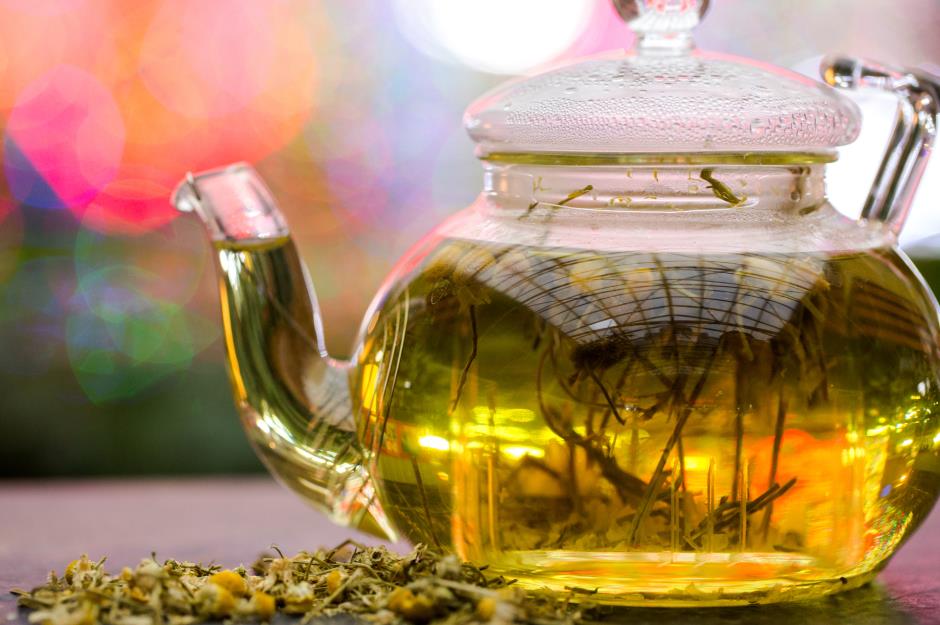
Anna Prytkova/Shutterstock
If travelling by plane – or even if just the act of getting packed up, out of the house and to the airport – makes you anxious, this too is likely to impact how much you enjoy the food served on your flight. Camomile tea is usually a good option for a soothing drink, though you’ll need to take tea bags with you rather than rely on the airline providing them.Food varies wildly between airlines
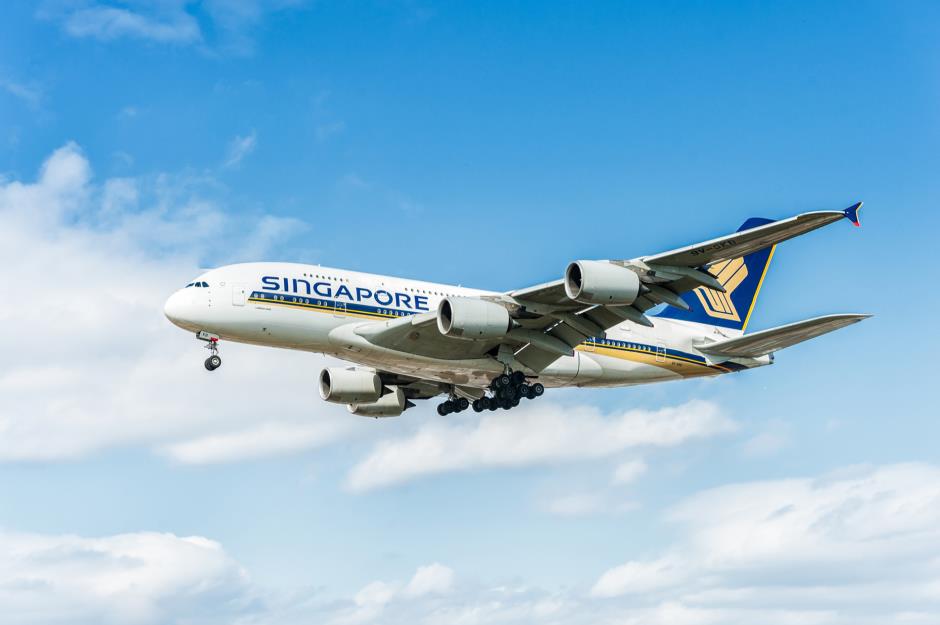
photosounds/Shutterstock
The airline you fly with can make or break your dining experience at 39,000 feet, so if possible opt to travel with a carrier known for serving better food. Singapore Airlines is often voted one of the best in terms of plane food – yes, even for economy – while many American airlines are considered in need of great improvement.
Discover the world’s best airline meals
Airlines’ celebrity chefs don’t do all the meals

Dinner by Heston Blumenthal/Facebook
Many of the world’s top airlines have tasked well-known chefs with improving the quality of their on-board meals. British Airways had Heston Blumenthal come up with tasting menus for its flights during the London Olympics in 2012, while Peter Gordon has worked with Air New Zealand and Alain Ducasse with Air France. The catch? You usually have to be in first or business class to benefit.
The solution: bring your own..
.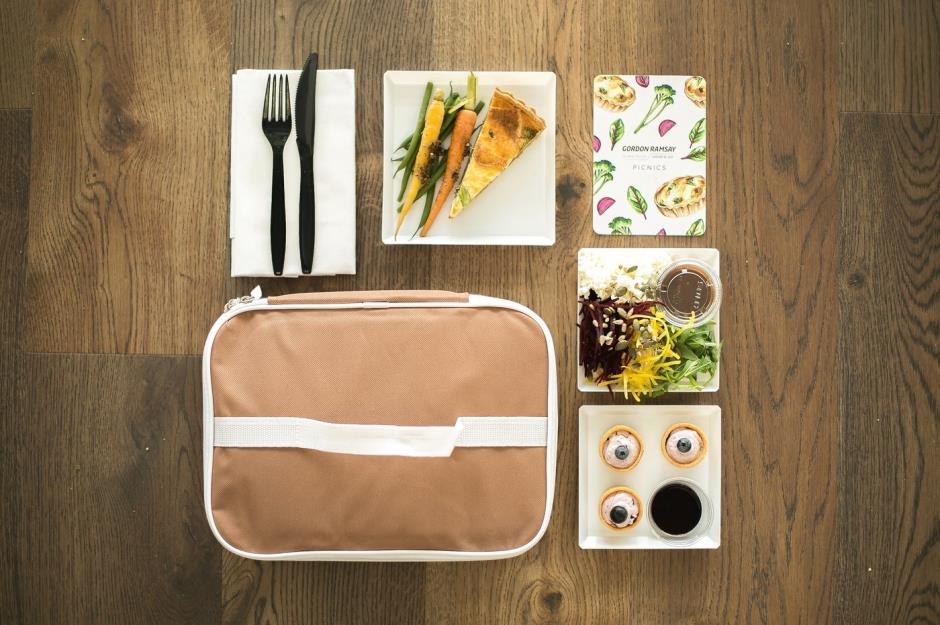
Gordon Ramsay Plane Food/Facebook
Sure, it’s a bit galling to shell out hundreds of pounds for a flight and then pay for food on top of that, but if you really want to eat decent food (in economy especially), your best option is to take supplies with you. If packing up a picnic at home is too much effort, you can usually grab something for the journey from the airport….and remember to suck on something sour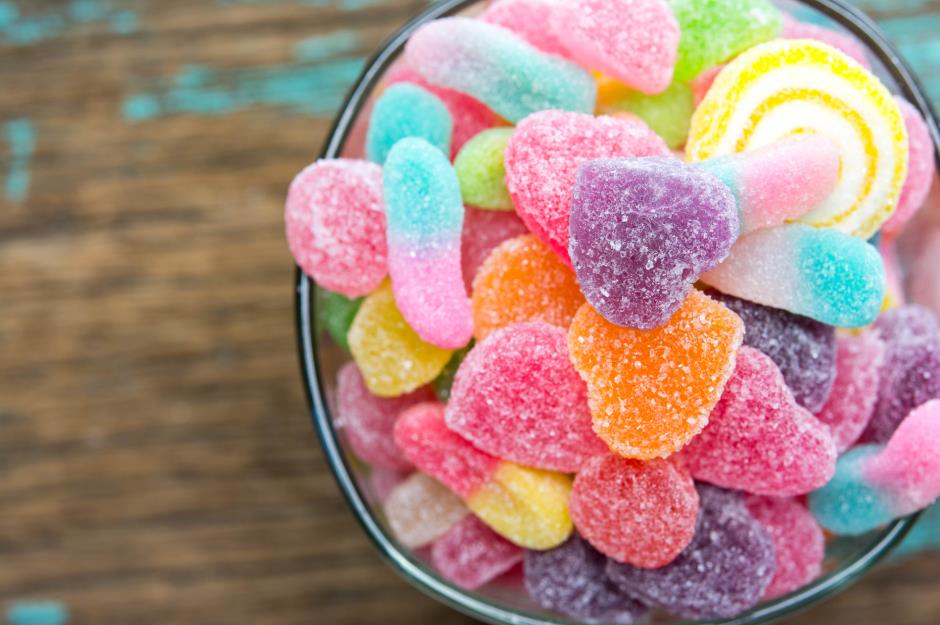
ami mataraj/Shutterstock
With sweet foods generally lessening in flavour on a plane, you should also consider taking something sour with you if you want something sugary to counteract the taste of airline food. The sour flavour is usually strong enough to still work up in the air, and sucking on a sweet is also a good way to combat ear popping on ascent and descent.
